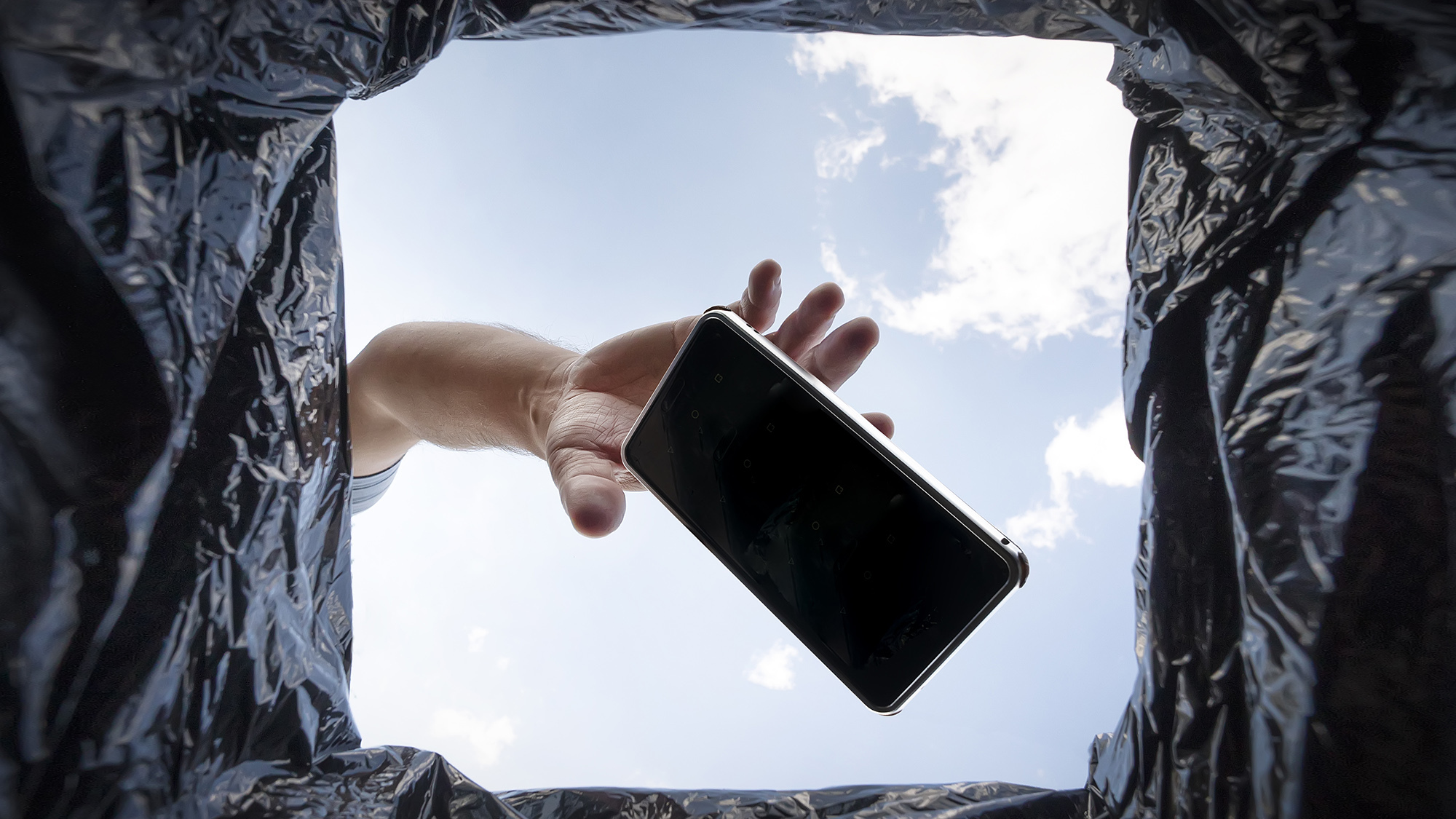

Vacations are relaxing and fun. Work is not. Why, then, do so many people end up getting pulled into work messages and tasks during what’s supposed to be time off?
In an article for The Conversation, academics Dan Caprar and Ben Walker suggest that part of why this happens is that we can strongly identify with work—we’re unwilling to fully let go of roles that help define us. Beyond that, though, there are environmental cues that can instantly prompt our brains to switch from relaxation to work mode. The sight of an email notification or your laptop can remind you that work is still there, peeking over your relaxation.
There’s an obvious solution: Leave your phone and laptop at home. The problem: Technology is actually pretty useful during a vacation. Looking up good places to eat, booking fun activities, and arranging to meet friends who live in the city you’re visiting are all easier with phones and computers. What, then, is a vacationer to do?
[Related: Why you hate going back to work after vacation]
If you have separate work and personal devices the answer is clear: Just take your personal one. If that’s not you, though, it’s time to switch your devices over to “vacation mode.” This basically means tweaking your devices so that work isn’t as present on them. How this looks is going to vary from person to person, but here are a few things you can try.
Clean up your homescreen and taskbar
How often do you open your phone or computer, notice the icon for work apps, and then reflexively open it? Probably more often than you’d like. My advice: Delete those shortcuts.
On Windows, this means right-clicking the offending icons on the taskbar and clicking Unpin from taskbar. Feel free to delete any desktop shortcuts to work apps while you’re at it—just drag them to the recycling bin.
On macOS, you can get work apps out of your dock by right-clicking the icon, mousing over to Options then unchecking Keep in dock. On mobile devices this means tapping and holding on the icon and then tapping “Remove from home screen.” You can also temporarily tuck work apps away in lesser used folders so they’re not in your face every time you open your phone.
Log out of work accounts (or turn off notifications)
Are you logged into your work email on your personal phone and computer? What about team chat applications, like Slack or Microsoft Teams, or project management apps like Basecamp? Those applications are pretty aggressive about pushing notifications to you. You have two options: log out of your work accounts or tweak your notification settings.
I, personally, recommend just logging out of your work accounts. It removes the temptation entirely and you can always log back in when your vacation ends. Plus you’ll be a lot less likely to reflexively open a work app and scroll when you should be focusing on the drink menu.
If uninstalling everything is too overwhelming, you can try just changing the notification settings instead. On an iPhone open the Settings app, tap Notifications, then turn off all of the work-related apps. The process is similar on Android: open the Settings app, head to Notifications, then head to App settings. Turn off notifications for any work application with a tendency to interrupt good times.
Don’t let work apps start when your computer does
Some applications start up when your computer does, which is another way you might get sucked into work during a vacation. The good news is you can stop apps from automatically launching when you start your computer, including any that tend to pull you into work.
On Windows, head to Settings, click Apps, then click Startup. Uncheck anything related to work. On macOS, open the System Settings, then General, then Login items and remove anything work-related.
Use a different browser, or user account, on your computer
A lot of the work applications we all use on our computers run in a browser. You could remove all of the bookmarks for these applications, but it’s probably easier to just use a different browser. For example: If you use Microsoft Edge for work, consider switching to Mozilla Firefox or Google Chrome while you’re on vacation. That way none of your work-related bookmarks or extensions will be active.
Or, if you’re a Google Chrome user and don’t want to switch browsers, consider using a different Chrome user profile instead. Click your profile icon in the top-right corner and then click the Add button at the bottom of the pop-up. This will create a new, blank browser profile. Use this during your vacation and switch back when you’re done.
You could even take this a step further. Both macOS and Windows allow you to create multiple accounts for a device. The idea is that a family, or any group of people, could share a computer but still have their own applications and settings. You could create a temporary account to use during your vacation, then log back into your regular account when you get back.
On Windows, open the Settings app, click Accounts in the left-hand sidebar, scroll down and click on Other Users. From here you can make a second account. On a Mac, open System Settings and scroll down to Users & Groups in the left-hand sidebar. Click the Add User button to create a new account. In both operating systems you will see your new account as a login option after restarting your computer or logging out of the current account. Load this new account and you’ll virtually have a brand-new computer, at least in terms of the settings. It’s the next best thing to having a separate work and personal device.
